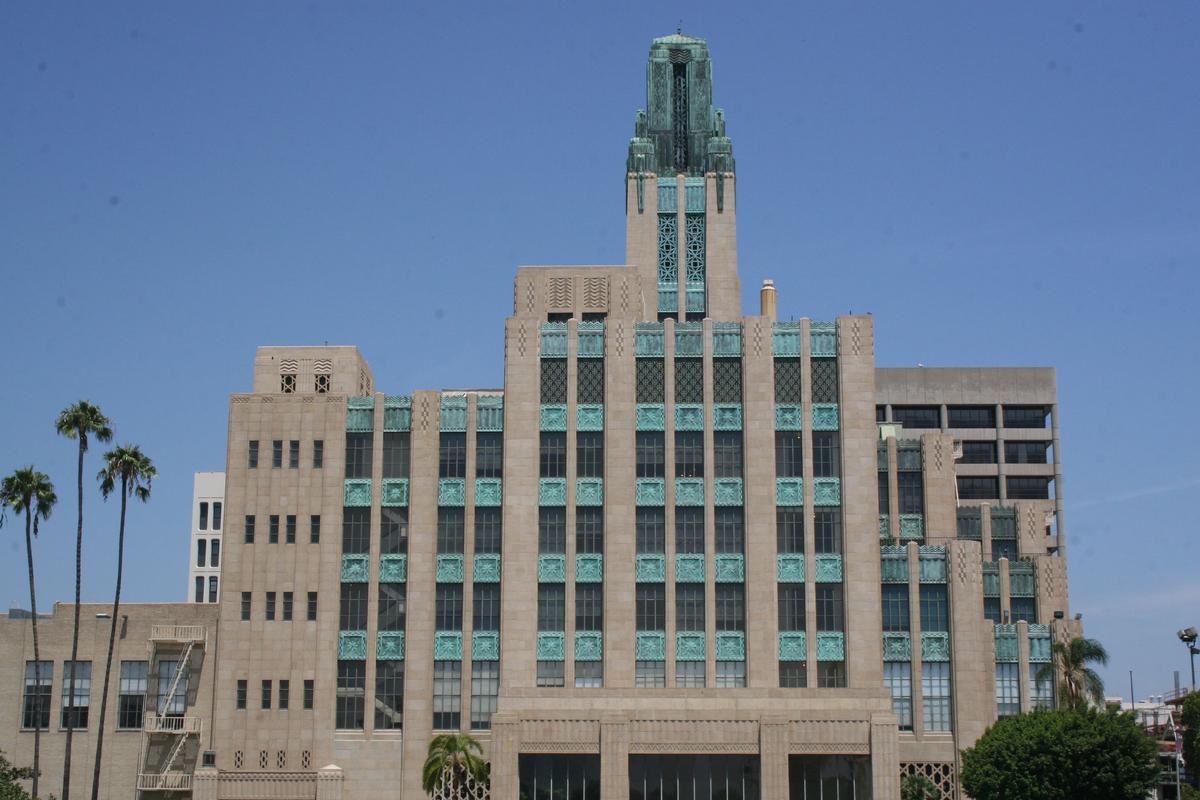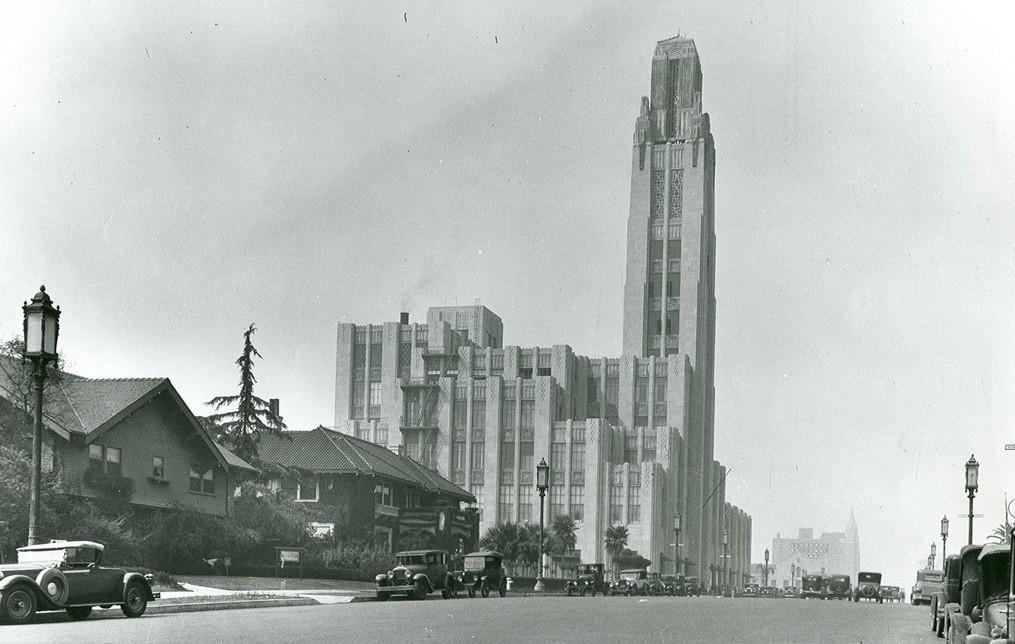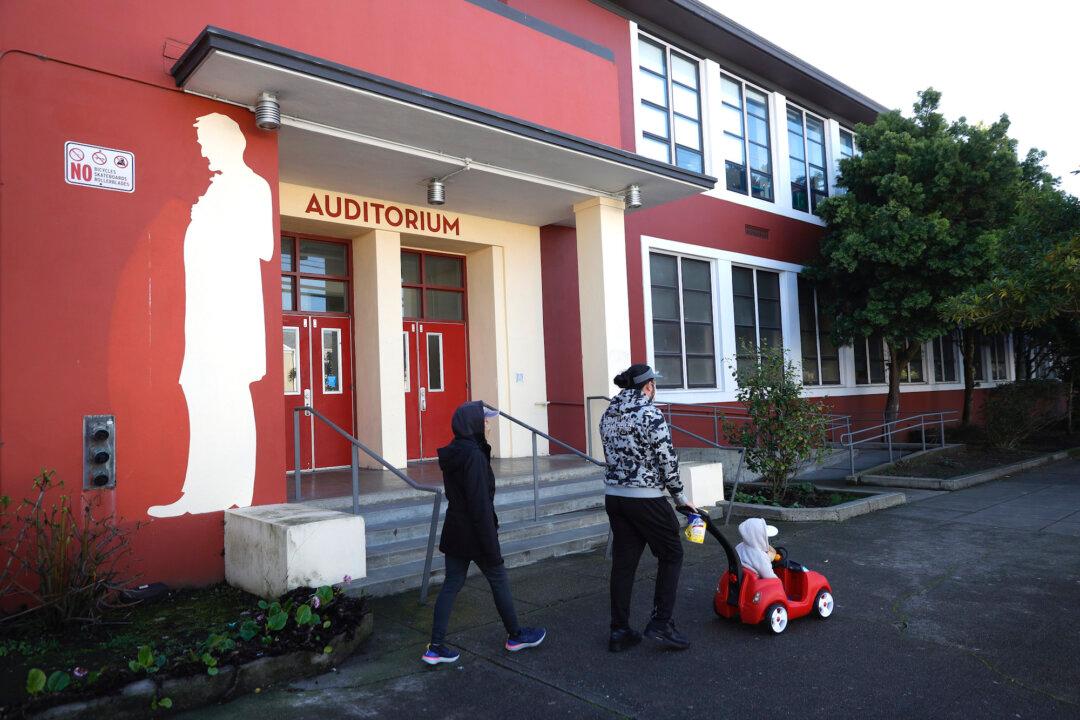On the 3000 block of Wilshire Boulevard in Los Angeles is a piece of work bound to take the eye. The Bullocks Wilshire building, fronted by a tarnished copper spire, operated as a luxury department store for 64 years to 1993. The building represents stylistic preeminence befitting the store’s moniker “Cathedral of Commerce,” where one of the leading architects of his day, John Parkinson, and dozens of craftsmen and world-class artists hewed Bullocks Wilshire into a one-of-a-kind rapture from an eclectic blend of rare and exotic raw materials and figments of the imagination.
The spotlight was on Bullocks Wilshire in a recent open house given by Southwestern School of Law, long-time neighbor of the building and its owner since 1994. Hundreds of visitors from across Southern California made the junket to view the architectural wonder, noted for what came to be labeled in the 1960s as Art Deco.
Southwestern’s investment of $29 million in the purchase and transformation of the place into a law library and multipurpose functionality of a law school while preserving the original architecture and art work met with approval for the many, who gabbed about their long-ago experiences as a shopper or worker at the store.







